India is a country which is famous for its culture, its diversity, and a national anthem that boasts of a rich and varied heritage. Over the centuries, there have been many famous and men and women who have made this country what it is today and have helped to define the true meaning of patriotism.
Often, when the word “patriotic” is used in connection to India, most of us picture Mahatma Gandhi, but what about the people before him? There have been many rulers in India, born centuries before Gandhi’s struggle for freedom, who have changed the course of history.
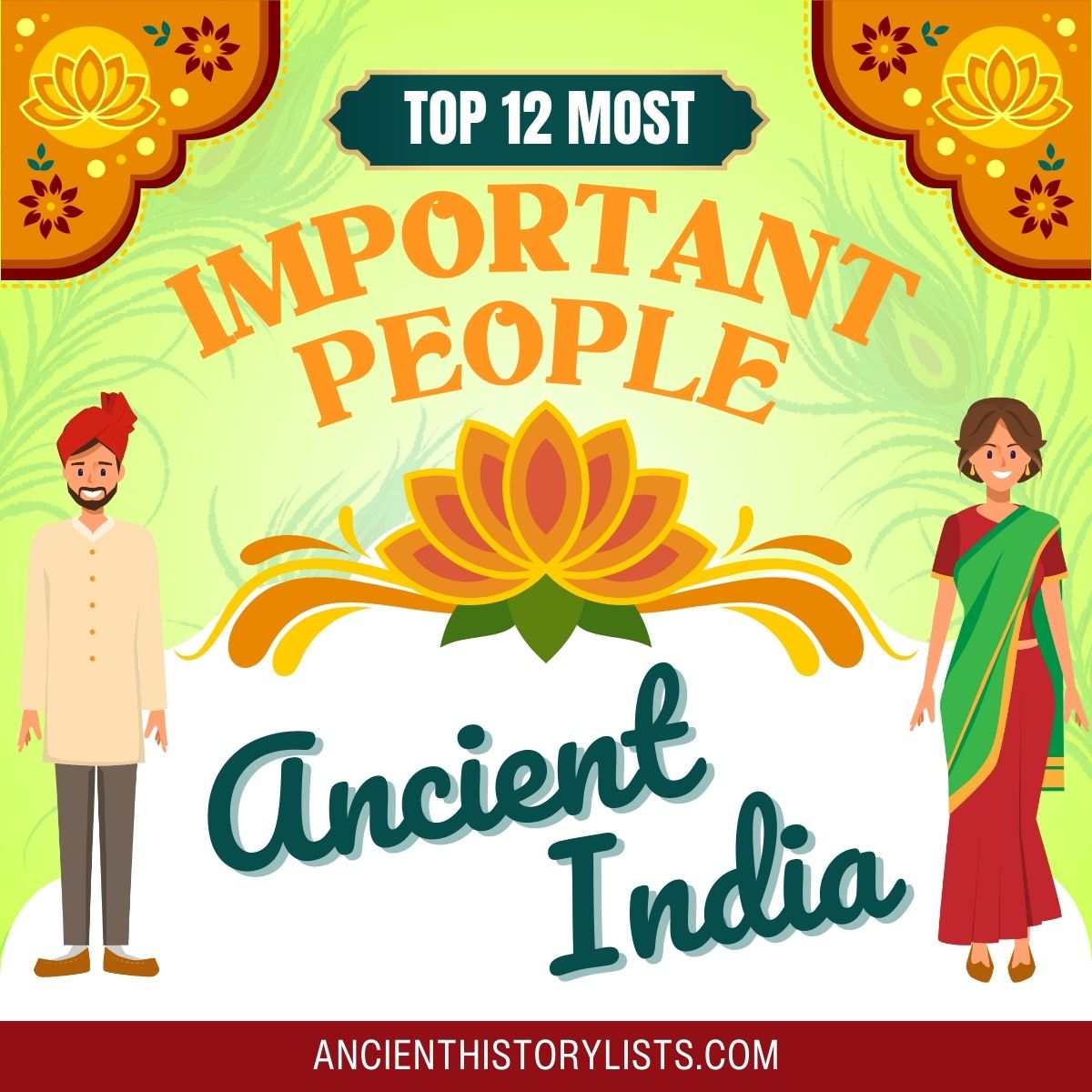
Here is a list of the 12 most important people from ancient India who have helped shape the country and make it what it is today:
1. Chandragupta Maurya
Chandragupta Maurya, who was a pivotal figure in Indian history, was born around 340 BC to a huge family. He was the founder of the Maurya Empire in India and reigned from approximately 321 to 297 BC. It is clear from ancient historical texts that he was a follower of Jainism. He renounced all his familial wealth and power to join the Jain monks in the Deccan region (now Karnataka). He also took part in the Jain religious practice known as sallekhana in which an individual dies peacefully during a fast.
Chandragupta was famous throughout India for building one of the largest empires in the subcontinent. Many of Chandragupta’s achievements have been immortalized in Hindu and Buddhist texts. With the help of his counsel, Chanakya, he was able to build his massive empire and introduce many economic and political reforms, creating a strong central administration.
After giving up his kingly life to pursue Jainism, Chandragupta’s grandson Ashoka completed his unfinished conquests of Tamil Nadu and Kalinga.
2. Razia Sultana
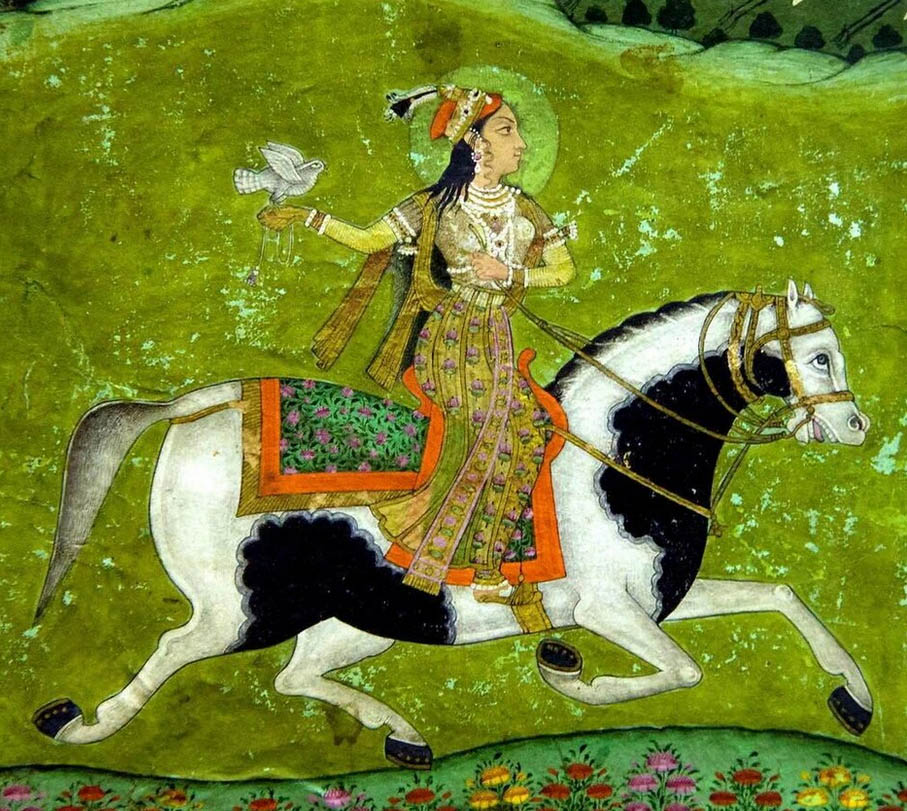
Razia Sultana, born around 1205, was the Sultana of Delhi from 1236 to 1240. She is well known because she was the only female ever to rule the Delhi Sultanate and also because she was a single female ruler. At the age of five, Razia’s father Shams-ud-Din Iltutmish succeeded Qutb al-Din Aibak as the Sultan of Delhi.
Razia would accompany her father when he was dealing with state affairs and was very interested in his work. She was also trained to run the kingdom if her father or husband was not present. When Razia’s brother Nasiruddin Mahmud, who was groomed to succeed his father as the Sultan of Delhi, suddenly died, Razia’s half-brother Rukn ud-din Firuz inherited the throne.
However, his reign only lasted six months after which Razia was reluctantly given the sovereignty. Both Razia and her husband, Malik Altunia, were killed on October 14, 1240, in an effort to dethrone her brother Bahrām Shah.
3. Sher Shah Suri
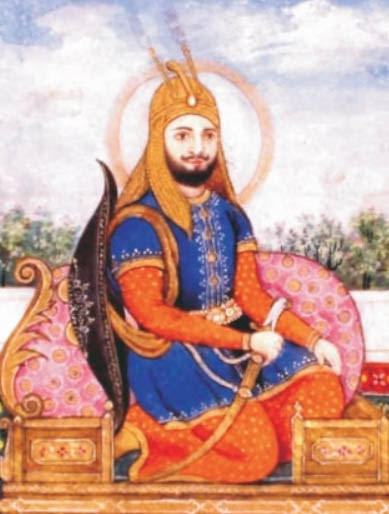
Sher Shah Suri was born Farīd Khān in 1486 in Sasaram, Bihar, where he built his empire. He was the son of Hassan Khan Sur and had seven brothers. As a child, he did not get along with his father, so he decided to run away from home to serve Jamal Khan, the governor of Janpur in Uttar Pradesh. When his father learned of this, he wrote Jamal Khan a letter. Upon reading the letter, Jamal Khan advised Sher Shah to go back home but he refused to do so.
Sher Shah’s family was named “Suri” because of their Sur tribe, and he became the founder and emperor of the Suri Empire. The name “Sher” means lion or tiger in Persian and “Sher Shah” means “lion lord.” He was named Sher by Bahar Khan Lohani, the Mughal governor of Bihar, because of his bravery. In 1538, Sher Shah took control of the Mughal Empire and set up a new civil and military administration. He is known for elongating the Grand Trunk Road from Chittagong to Kabul and invented the term “rupee” for a silver coin.
During his reign, Sher Shah built the Rohtas Fort, which is now recognized as a UNESCO World Heritage Site, and several other famous monuments like the Sher Shah Suri Masjid in Patna and the city of Bhera in Pakistan.
Sher Shah Suri was killed on May 22, 1545, during the siege of Kalinjar Fort. He is buried in the Sher Shah tomb in his birthplace of Sasaram.
4. Bindusara
Bindusara was born around 297 BC to Chandragupta Maurya and Dhudhara. He succeeded his father and was the second emperor of the Maurya Empire. He was not as famous as his son, Ashoka, or his father, and not a lot has been written about him. Most of the information we do have was written many years after his death.
During his reign, he was the emperor of the Deccan region and his main achievement during that time was the organization of the empire that he had inherited from his father. He died around 273 BC, and his son Ashoka succeeded him.
5. Alauddin Khalji
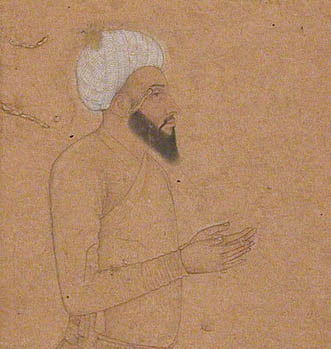
Alauddin Khalji was born Ali Gurshasp in 1267. He was said to be the most powerful ruler of the Khalji dynasty and was the successor of Jalaluddin, his father-in-law. After he crushed a revolt against Jalaluddin, he was named the governor of Kara in 1291. He reigned over the Khalji dynasty from 1296 to 1316, and during his reign, he managed to conquer many kingdoms in Gujarat.
A few years before his death he appointed his slave-general Malik Kafur as the administrator of the kingdom during his absence. He died on January 4, 1316 and was succeeded by his son Qutbuddin Mubarak Shah.
6. Kumbha of Mewar
Kumbha of Mewar was also known as Kumbhakarna and Rana Kumbha. He was the ruler of the Mewar Kingdom in western India from 1433 to 1468, having succeeded his father, Mokal Singh. He belonged to the Sisodia clan.
The Mewar Kingdom had become relatively insignificant and powerless due to Alauddin Khalji’s reign over the Khalji dynasty, whose army would repeatedly defeat that of the Mewar Kingdom. Kumbha achieved many things during his reign, building 32 out of the 84 forts in Mewar. He was killed by his son, Udaysimha, who then took over the kingdom.
7. Prithviraj Chauhan
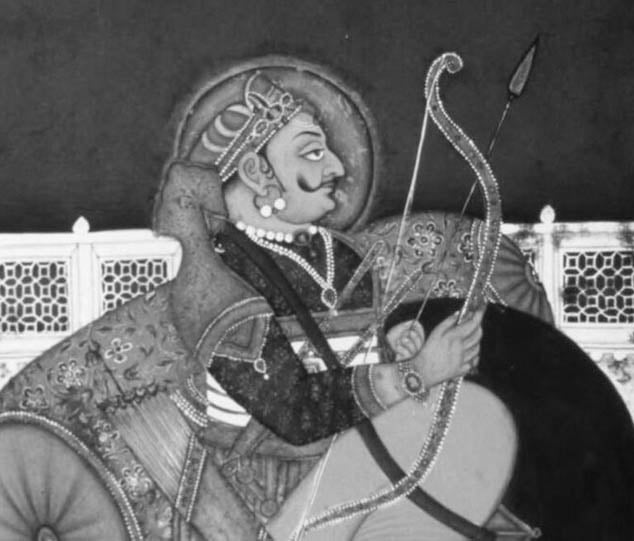
Prithviraja III, also known as Prithviraj Chauhan, was born around 1166 in Gujarat. He was the king of the Chahamana dynasty in northwestern India, and his kingdom had control over Rajasthan, Delhi, Madhya Pradesh, Haryana, and Uttar Pradesh. He reigned over the Chauhan dynasty from 1178 to 1192, succeeding his father Someshvara who died when Prithviraj was just 11 years old. His mother Karpura Devi was a Kalachuri princess.
Much of the information about Prithviraj Chauhan comes from legendary medieval chronicles. He was well known for the Battles of Tarain that started in 1190. It is not clear how Prithviraj Chauhan died, but some ancient sources suggest that he was executed for treason.
8. Mariam-uz-Zamani
Mariam-uz-Zamani was born around 1542 and was the wife of the famous emperor Akbar. She was also referred to as Harkhan Champavati but her real name is unknown. Some sources say that she was a princess from Jodhpur while others say she was a princess from Amer. He name is strange because she was given the title of Mariam-uz-Zamani after the birth of her son.
She is famous for introducing religious tolerance into the Mughal Empire, and she gained most of her prestige during her son Jahangir’s reign. She died in 1623, and Jahangir built a mosque in her name after her death.
9. Rani Padmini
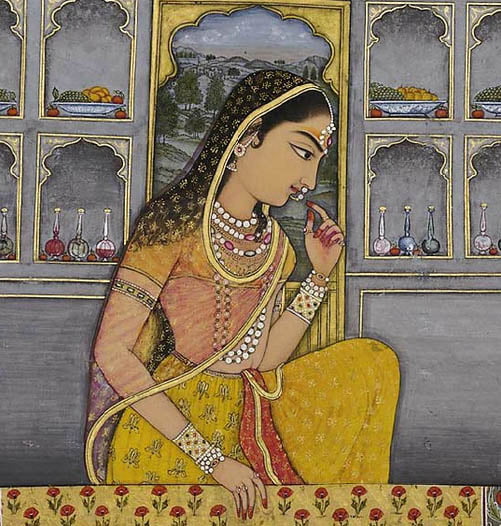
Rani Padmini, also known as Padmavati, was a 13th-century Indian queen. She was a princess of the Singhal Kingdom and was known for her beauty. Her husband Ratan Sen was imprisoned by Alauddin Khalji during which time Devpal, the king of Kumbhalner, asked for her hand in marriage.
When Ratan Sen got out of prison and heard about Devpal’s proposal, he fought a duel with him in which both men lost their lives. In the end, Alauddin Khalji tried to annex Chittor so that he could have Padmavati, but in order to protect her honor she committed Jauhar or suicide.
10. Ashoka
Ashoka was born in Pataliputra (now Patna) in Bihar. His mother was Subhadrangi and his father was the emperor Bindusara whom he succeeded to become emperor of the Maurya dynasty. He was also known as Ashoka the Great and managed to rule almost the entire Indian subcontinent during his reign.
His grandfather was Chandragupta Maurya, the founder of the Maurya Empire, and Ashoka expanded his grandfather’s empire tenfold. The ancient Indian teacher Chanakya was one of Ashoka’s great advisors. Ashoka followed Buddhism and helped to spread the religion across the country.
Ashoka’s father wanted his other son, Susima, to be his successor after he died, but his ministers voted to have Ashoka as their emperor instead. Ashoka was thought to have five wives and six children. He died in 232 BC and is considered one of the most important Indian rulers to have ever lived.
11. Ajatashatru
Ajatashatru, also known as Kunika, was a king of the Haryanka dynasty. He succeeded his father, Bimbisara, after imprisoning him and forcefully taking over the throne. He was the son of Queen Chelna who, while pregnant, had a cannibalistic desire to eat the bloody flesh of her husband’s heart. Because of this, she felt that her son would grow up to be a threat to the family and therefore after Ajatashatru was born, he was thrown out of the palace. On hearing about this, his father immediately went to get his son back.
Ajatashatru conquered more than 36 territories surrounding his empire and helped to grow the Magadha Kingdom. During his reign, he also invented two weapons that were used in wars, the rathamusala, or blade chariot, and the mahshilakantaka, an engine used to throw stones.
It’s not clear when he died as some medieval sources claim that it was in 535 BC while others argue that it was in 460 BC.
12. Chand Bibi
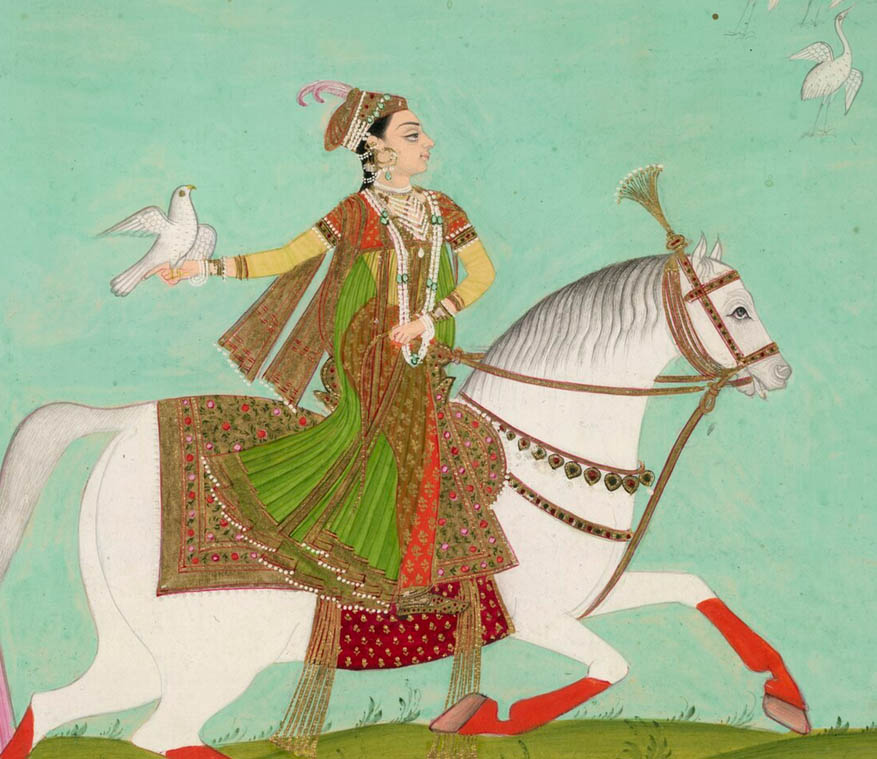
Chand Bibi was born around 1550 to Hussain Nizam Shah I and Khunza Humayun. She was a Muslim warrior and acted as regent of Bijapur and Ahmednagar. In 1595, she defended Ahmednagar against the Mughals who were trying to extend their empire, and her efforts helped to save Ahmednagar Fort. In spite of their victory in this battle, the Mughal forces proved too weak to conquer Ahmednagar and retreated. Chand Bibi died in 1599.
Conclusion
Listed here are only 12 people who have made a difference in ancient India. In reality, there are so many more that have not been listed and who are remembered for their bravery. It is not only those from ancient India, but also the people who followed them whom we can look to for inspiration in the face of adversity. Without them, the great country of India would not be what it is today.